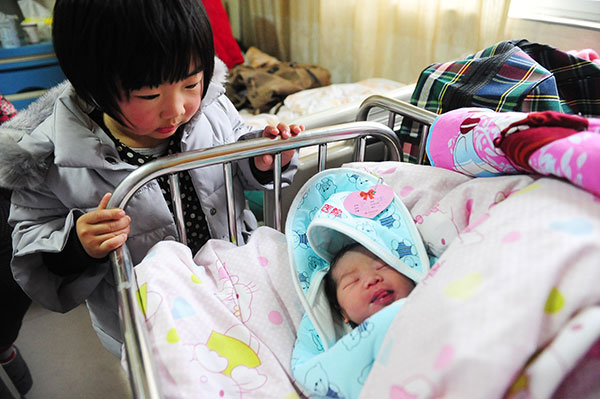Court corrects dozens of wrongful convictions
Chinese courts have corrected 34 major miscarriages of justice in the past four years in order to build the public’s confidence in the justice system, according to the Supreme People’s Court.
Moreover, the courts have declared 3,718 defendants innocent from 2013 to 2016 to protect their human rights and other legitimate rights, the top court said in a white paper on judicial reform released on Monday.
Last year alone, 11 such cases involving 17 people were redressed by the courts.
“Correcting false charges has rebuilt the judicial protection of human rights, maintaining a fair and just image to boost people’s confidence in the justice system,” the court said in the white paper.
In recent years, miscarriages of justice due to the use of torture to force suspects to make confessions have aroused heated debate about the justice system.
The top court has worked with other authorities to reform the criminal justice system and determine a fundamental role for trials, as well as avoiding the use of torture and other illegal means to obtain evidence.
The guideline stipulated that defendants in cases where there is a lack of evidence should be found innocent.
In December, Nie Shubin, a villager in Hebei province who was executed in 1995, was exonerated by the top court due to a lack of evidence for his conviction of murder and rape.
In February 2016, Chen Man, a farmer in Hainan province who was wrongfully imprisoned for 23 years for homicide and arson, was declared innocent by the top court due to a lack of evidence.
Last year, the top court launched pilot projects in 18 cities to offer lenient punishment to defendants who confess to prevent long detentions over minor crimes.
According to the SPC, they will intensify efforts to exclude illegal evidence and prevent wrongful trials to protect defendants’ human rights.
“It’s necessary to have timely and proper judicial reform, which will focus on collecting high-quality and persuasive evidence to ensure justice,” said Li Wei, a lawyer from the Beijing Lawyers Association.
